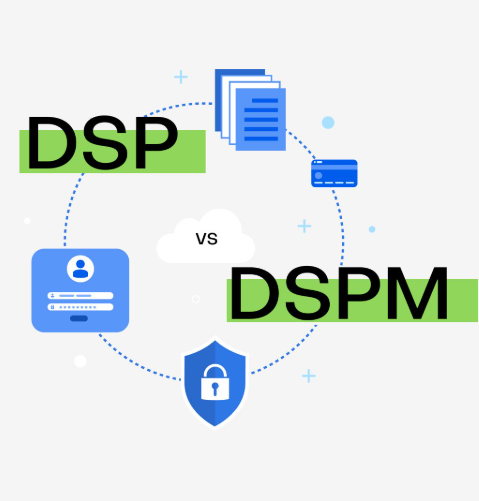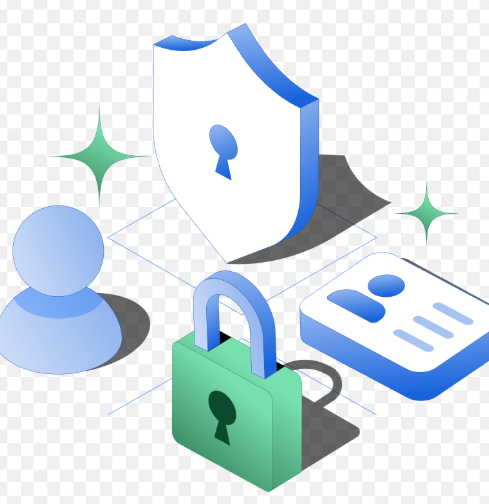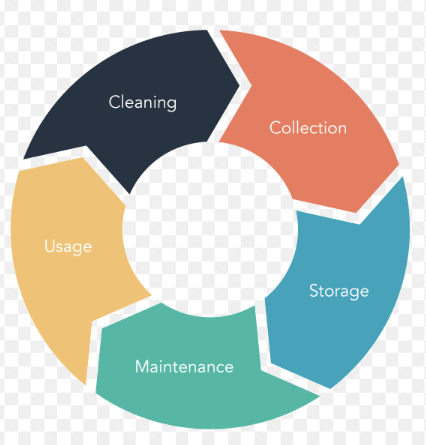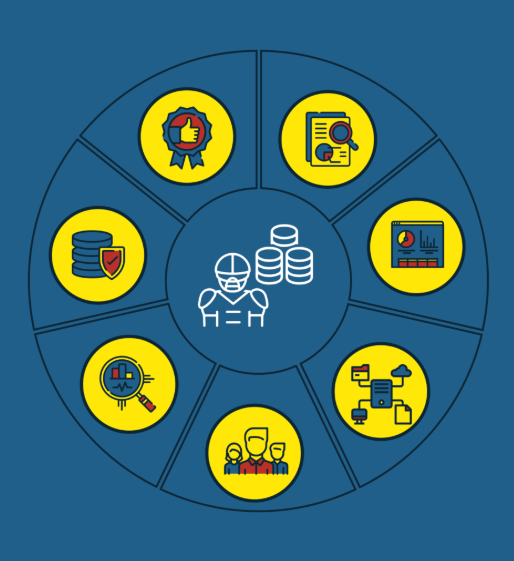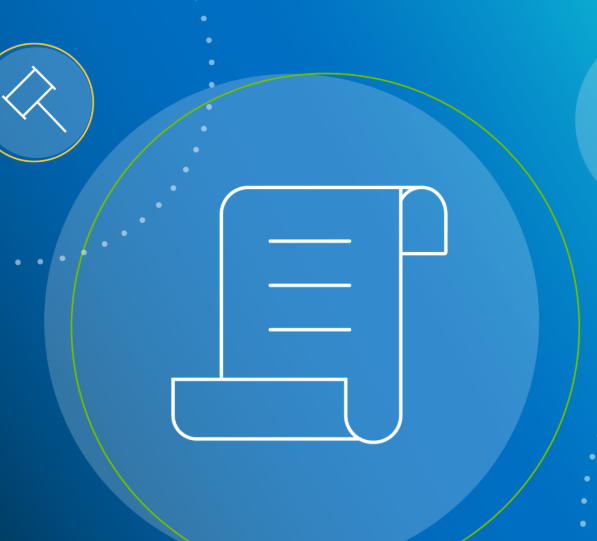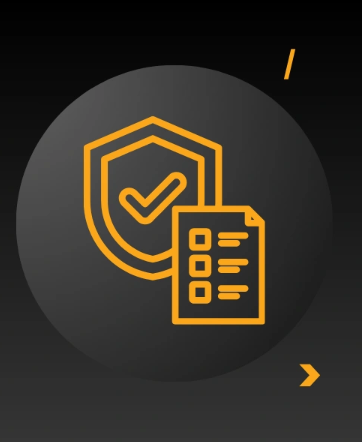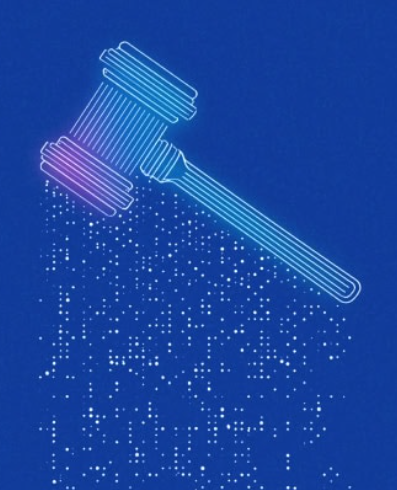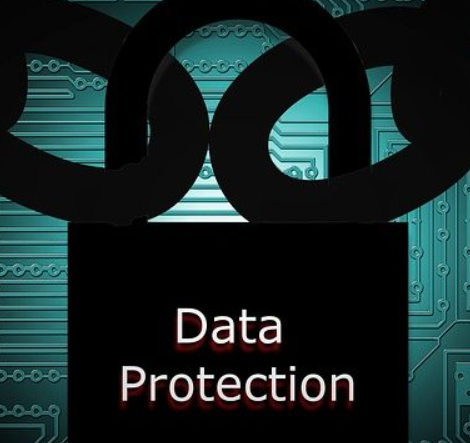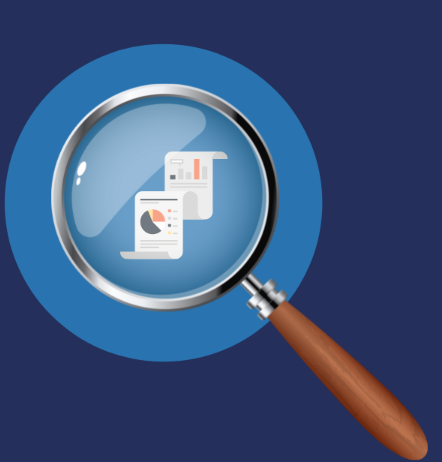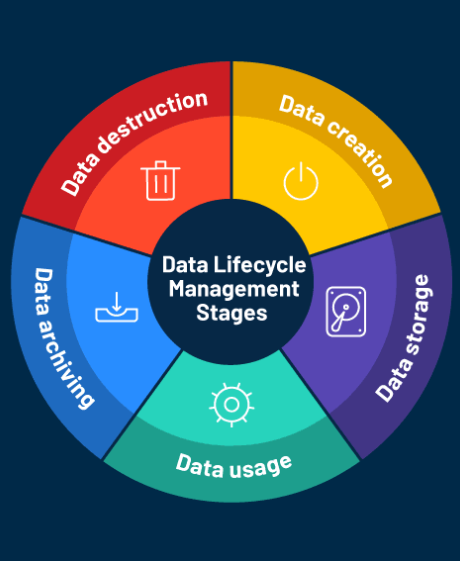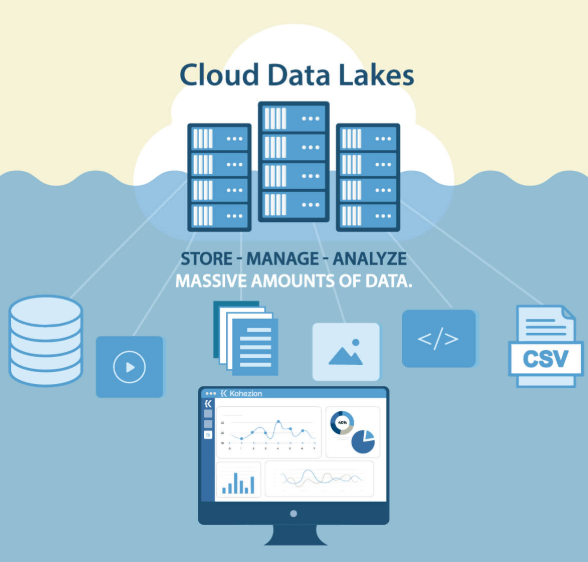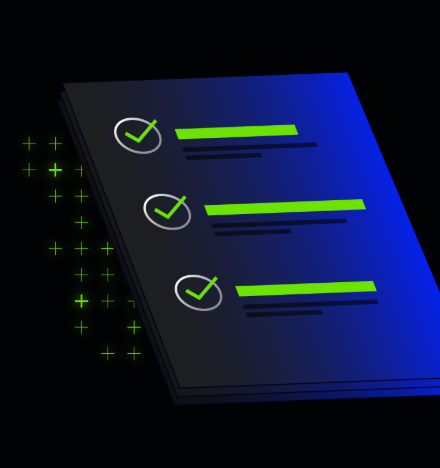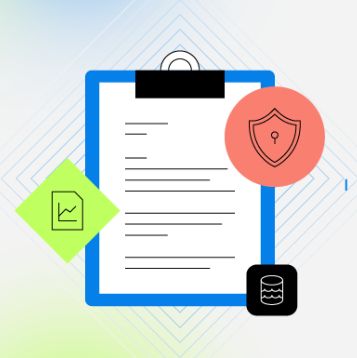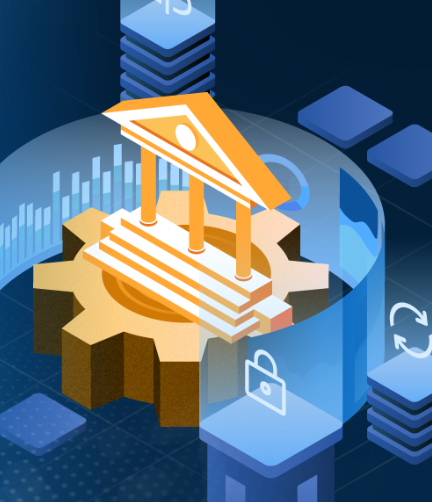
In today’s digital age, sensitive data faces continuous threats from cybercriminals and insider risks. Organizations need to stay ahead of these dangers by ensuring robust protection, particularly when it comes to unstructured data. With unstructured data accounting for more than 80% of corporate data, it poses significant challenges in terms of safeguarding.
What Are the Most Commonly Targeted Data Types?
Cyberattackers primarily focus on data they can exploit for profit or malicious use. Below are the primary types of sensitive data that are frequently targeted:
1. Personal Information (PII)
This includes details like names, addresses, Social Security numbers, and email addresses.
Why it’s targeted: This data is often used in identity theft, phishing attempts, and the creation of fake accounts.
2. User Login Credentials
Usernames, passwords, answers to security questions, and biometric data.
Why it’s targeted: Hackers use stolen credentials for account takeovers, credential stuffing, and even insider attacks.
3. Financial Data
Credit card information, bank account numbers, and payroll data.
Why it’s targeted: This information is a direct path to financial fraud, theft, or resale on the dark web.
4. Health Records (PHI)
Medical history, diagnoses, insurance details, and related personal health data.
Why it’s targeted: Hackers use it for medical identity theft, ransomware, or blackmail.
5. Corporate Trade Secrets
Intellectual property, strategic plans, proprietary technology, and trade secrets.
Why it’s targeted: This data is sought after for corporate espionage, market manipulation, and extortion.
Why Unstructured Data Is So Difficult to Protect
Unstructured data refers to files like PDFs, emails, spreadsheets, scanned documents, audio recordings, and chat logs. While this data is widespread, it is notably challenging to identify, classify, and secure. The majority of sensitive data lives in unstructured formats, including personal details, financial records, and intellectual property, often buried deep within these files across numerous systems.
As businesses adapt to remote work and digital collaboration, the amount of unstructured data is growing rapidly. This increase has made it even harder to track and protect, leading to higher vulnerability. Traditional security tools often overlook this data, leaving it open to exploitation. Moreover, as organizations face stricter regulations, not knowing where sensitive data resides puts them at risk of compliance violations, potential breaches, and financial penalties.
How Unstructured Data Management Tools Can Help
To combat these challenges, companies can turn to unstructured data management solutions. Here’s how these tools can enhance security:
1. Data Identification and Classification
AI-based scanning tools can detect sensitive data across a company’s infrastructure. This includes identifying PII in email attachments, PHI in medical records, or user credentials in log files. Many tools use natural language processing (NLP) to even uncover hidden data in complex documents.
2. Tailored Access Controls
Once data is classified, you can apply granular access rules. These policies specify who can view or edit specific data, based on criteria such as user role, device type, or geographic location. Logging access activities also adds a layer of transparency, reducing the risk of unauthorized access and insider threats.
3. Data Masking and Encryption
Masking or encrypting sensitive data ensures that even if files are accessed, the information remains unreadable to unauthorized users. For instance, health data can be anonymized for research purposes, preserving privacy while allowing for valuable insights.
4. Continuous Monitoring and Alerts
Real-time monitoring can detect any unusual activity, such as the movement or modification of sensitive data. Immediate alerts help teams respond quickly to potential threats, reducing the time it takes to address breaches.
5. Data Retention and Deletion
Establish intelligent retention schedules to ensure that sensitive data is stored only for as long as necessary. Automated deletion processes for outdated or redundant data minimize the attack surface and help keep storage costs down.
Taking Control of Your Sensitive Data
In today’s cyber landscape, sensitive data is not just an asset; it’s a potential vulnerability. The focus on everything from personal details to intellectual property makes it clear that relying solely on traditional security measures is no longer enough. Companies need the ability to see, manage, and protect their unstructured data, which is where most of the risks lie.
By implementing an effective unstructured data management strategy, businesses can uncover, safeguard, and maintain control over their sensitive information, all while ensuring compliance with evolving privacy regulations.













